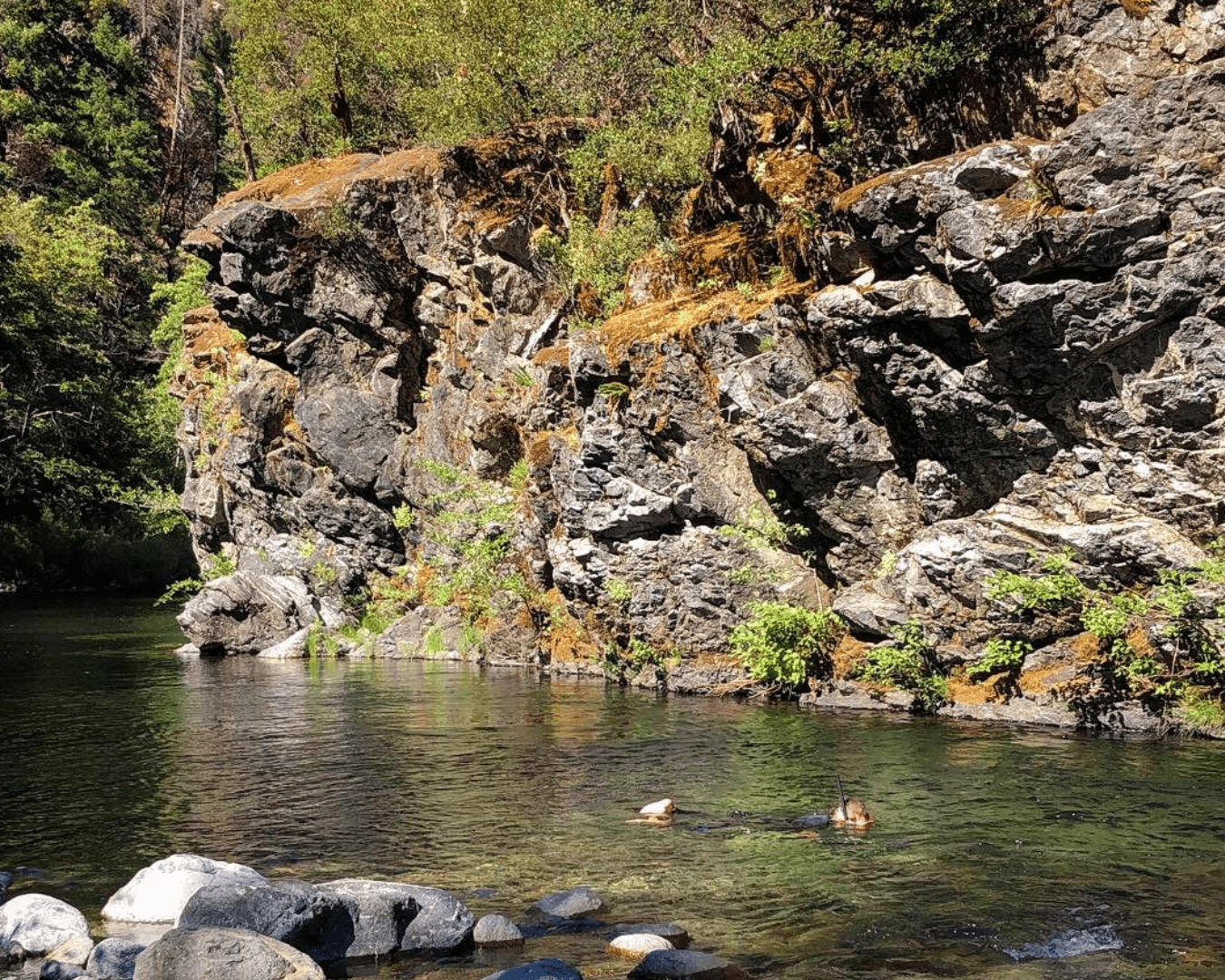By Michael Wier, CalTrout Field Reporter and Videographer
It’s that time of year again. Another heat wave has descended upon California. Every year it seems they are hotter and longer. As of the time of writing, we are on week two of temperatures over 110 in some parts of the valley and foothills. These extended heat waves cause great stress on people and our environment including fish and wildlife. While us humans can escape into an air-conditioned building or car, wildlife cannot. It’s up to us to help take the pressure off these animals in times of prolonged stress.
Fish in Hot Water
Salmonids are among some of the most impacted by these extreme heat cycles. All trout, steelhead, and salmon are very temperature dependent animals. They need cold water, a highly sought after resource in California. Ideal temperatures for resident trout are between low 40s and high 60s Fahrenheit. Trout and salmon breathe by absorbing dissolved oxygen out of water as it passes through their gill rakers. The warmer water becomes, the less dissolved oxygen is present. Insufficient dissolved oxygen in water is the primary cause of stress and mortality for trout in these extended heat periods. Different species of fish have different tolerances for water temperatures and dissolved oxygen levels. For example, bass, perch, and pikeminnow can tolerate much warmer temperatures and lower dissolved oxygen levels. Trout, however, have one of the lowest tolerances to warm water and low dissolved oxygen, making these extended hot seasons particularly dangerous.
Every river system and lake in California is different. Some river systems have built-in natural refuges from hot water such as springs, cold water, seeps, deep pools, or access to near year-round snowmelt. Other systems are artificially kept cold by reservoirs that are deep enough to maintain a cold-water thermocline year-round. However, many of these systems are subject to temperature fluctuations based primarily on air temperatures, threatening their ability to provide refuge in extended heat waves.

As anglers and conservationists, it is our duty to help protect salmon, steelhead, and trout by understanding the best times and places to fish. Many fly anglers practice catch and release fishing (check out best practices for catch and release fishing from our friends at keepfishwet.org), but if temperatures are too warm, even that is not enough to keep trout in good shape or reduce unintended mortality.


Tips for Safe Fishing in the Heat:
1. Abstain from trout fishing: Focus on other hobbies for a while. I know that one is tough, but there are some great alternatives out there! If you like trout and other freshwater fish (which I’m guessing you do if you are reading this) then one of my absolute favorite things to do in the dog days of summer is to go river snorkeling. Snorkeling is a great way to get up close and personal with fish and their habitat while also cooling off. You can also get a good idea of what food sources are in there. If you haven’t tried it, it’s a great way to experience a trout stream without a rod in your hand. And it’s free if you have a snorkel!

2. Fish for warm water species like bass in the Delta, in reservoirs, and/or in rivers: California has some of the best bass fishing in the world. We have one of the most prolific black bass fisheries in the middle of the valley, the San Joaquin Delta. While fishing the Delta is best with a boat there’s also plenty of places to fish from shore or a canoe or kayak. You can catch black bass, small mouth bass, spotted bass, and striped bass all on the fly. There’s a lifetime worth of exploration to do just on the Delta! California also has endless reservoirs to explore. Almost all the reservoirs have spotted bass, black bass, or smallmouth bass, in addition to perch, sunfish, channel catfish, and carp, all of which will eat a fly. Think Melones, Don Pedro, Hogan, Comanche, Bullard’s Bar, Oroville, and Shasta reservoirs. Lots of trout anglers that are accustomed to nymphing for trout are trying the float and fly technique for bass now. It’s basically indicator fishing for bass – very effective and opens up bass fishing to many more fly anglers. California also has an abundance of epic fishing opportunities for striped bass on the fly. You can target them in reservoirs like San Louis or Hogan or chase them in the Delta or even in the surf. My favorite thing to do is to chase them in the rivers. Almost all the lower Central Valley rivers have striped bass now. It’s fun to float and throw streamers for striped bass in clear water, and in most cases, you don’t need a fancy bass boat. Most rivers you can use a raft or drift boat. Think Merced, Tuolumne, Stanislas, Mokelumne, American, Yuba, Feather, and Sacramento.
3. Trout fish at higher elevations: If you are going to trout fish, consider heading up country. Aim to fish bodies of water that are above 7,000 feet this time of year. Put your boots on and maybe an overnight pack and use the summer months to take advantage of exploring lakes and creeks at higher elevations. Often the afternoon thunderstorms can help keep waters cooler at the higher elevations in July and August, and in general waters are typically cooler up there. You can fish dry flies too which is a treat for this time of year.
4. Carry a thermometer and only fish when the temperature is under 68 degrees: If the water temperatures get above 68 degrees, then it’s time to put the rod down. If you don’t have a thermometer, a good rule of thumb is to give it the swim test. If the water feels warm and inviting enough for you to comfortably go swimming, then it’s probably getting too warm for trout. If it feels frigid and there’s no way you’re goingto comfortably jump in, that’s closer to the temperatures that trout like. On popular rivers like the Truckee, Carson, or Walker and most other lower elevation rivers this means only fishing in the morning after the water has had all night to cool down. When it gets hot, around 1 pm, we enact voluntary hoot owl closures. That basically means we stop fishing when it gets hot. There are a few lower elevation tailwater fisheries in California that stay artificially cold since they flow out of a large reservoir like the Lower Sac, Feather, Yuba, and American rivers. However, many of the tail waters start to get too warm during these extreme hot periods.

Together, we can continue learning and adapting our fishing practices to the changing climate and water conditions to ensure great catches while also preserving one of our most important resources. Sometimes the most responsible choice is to leave the rod at home and go for a swim! By spreading awareness and making informed decisions, we can give our trout friends the best and most sporting chances possible. Let's work together to keep our waters cool, our wild trout healthy, and our angling experiences rewarding and sustainable for today and for future generations!






